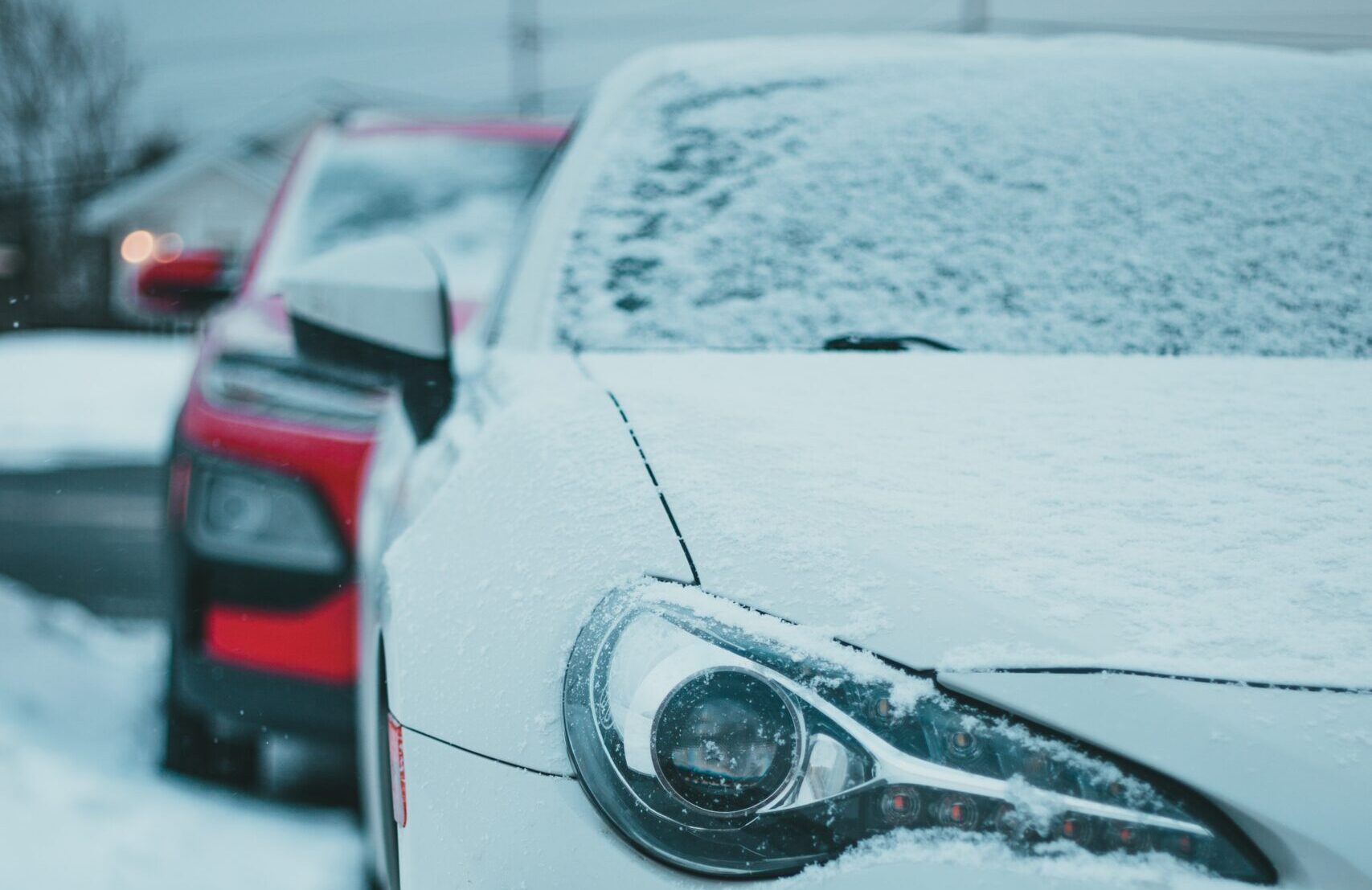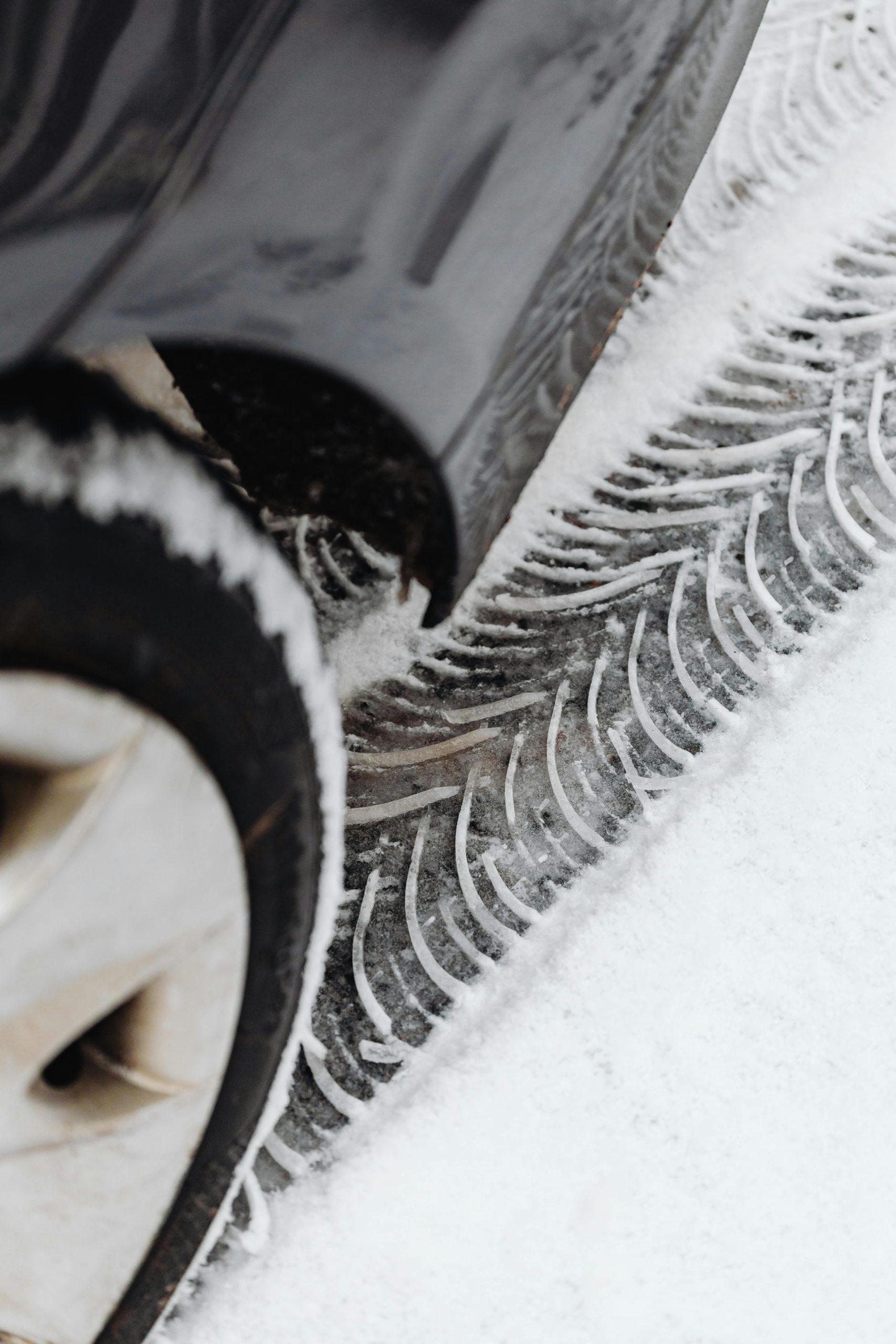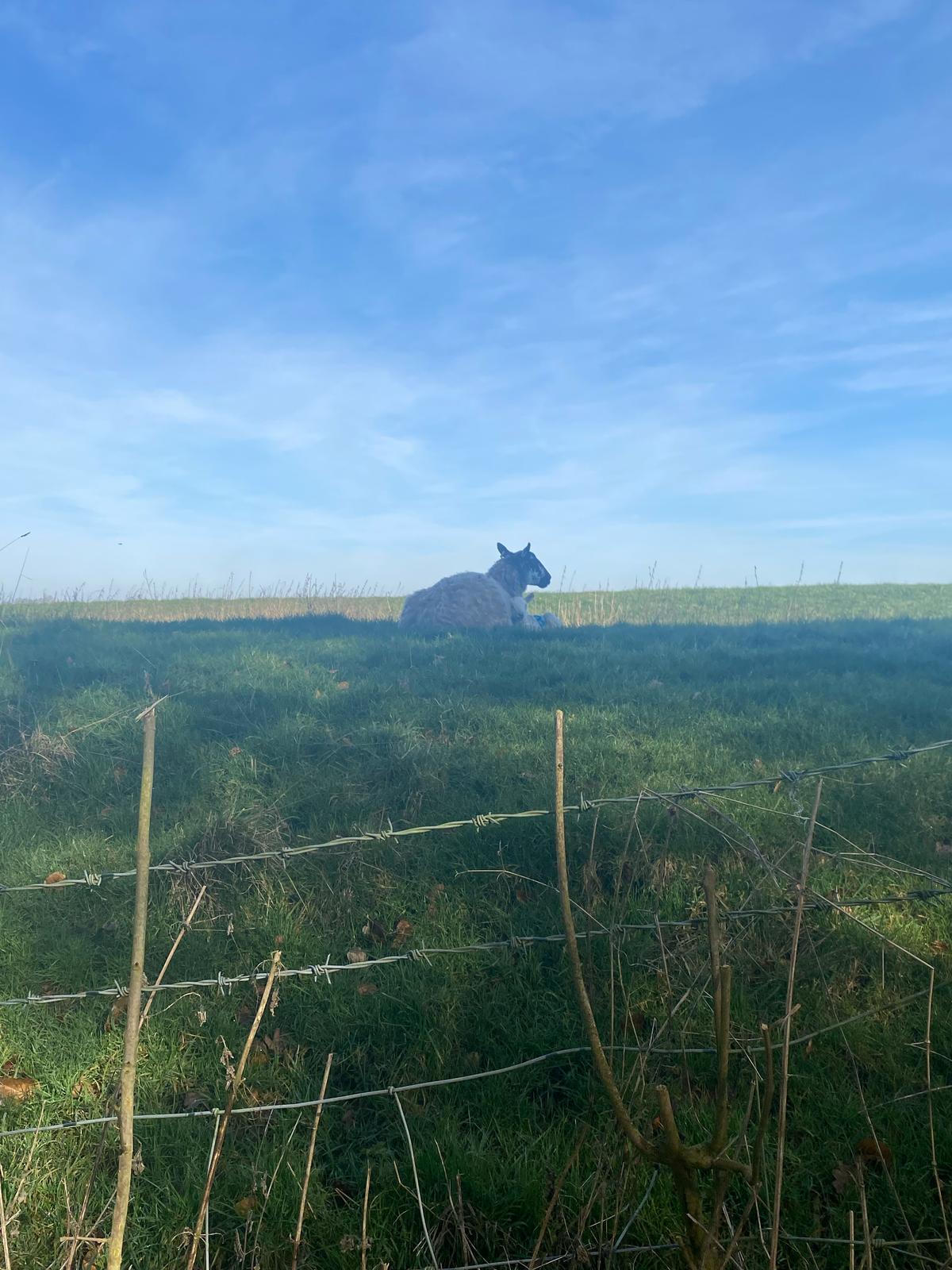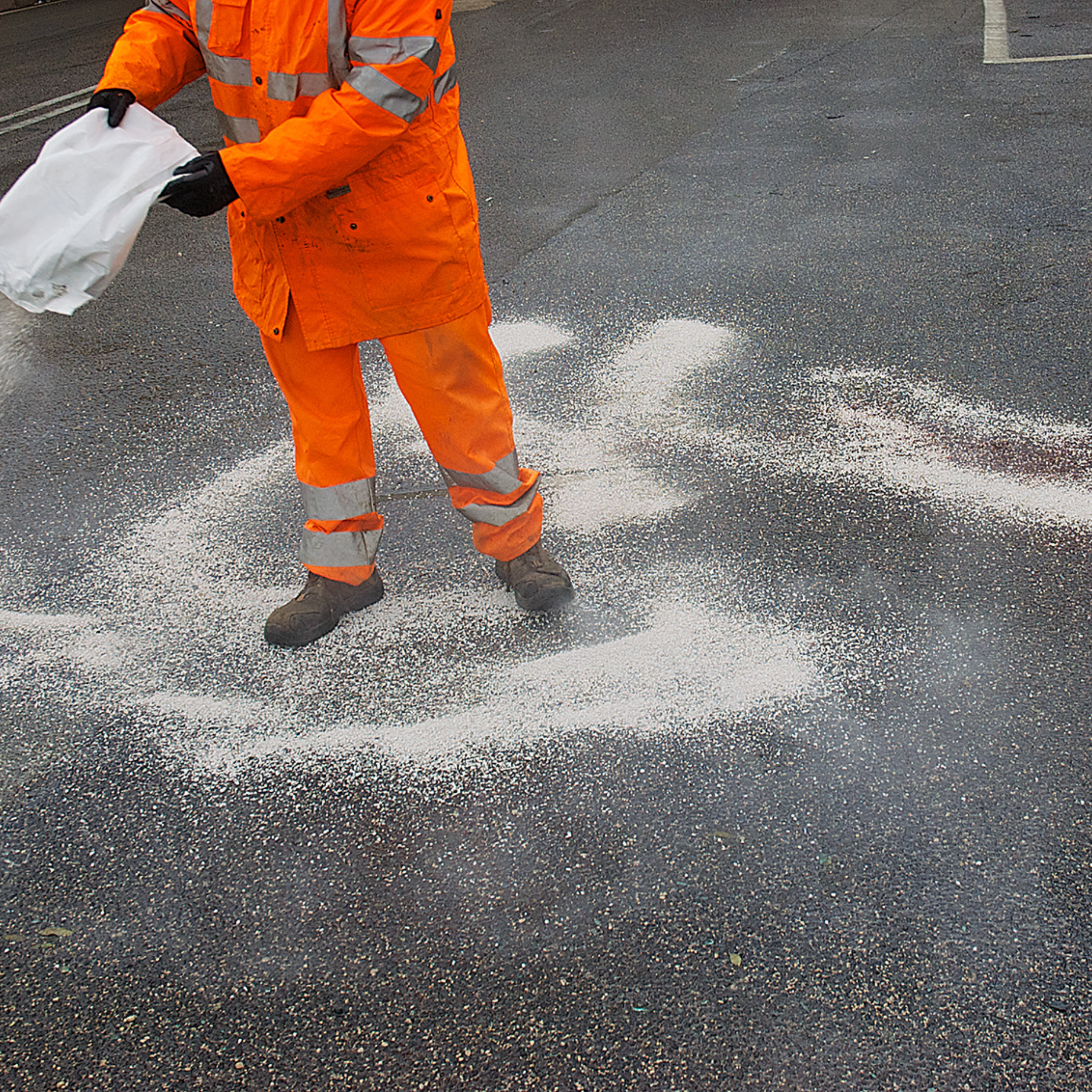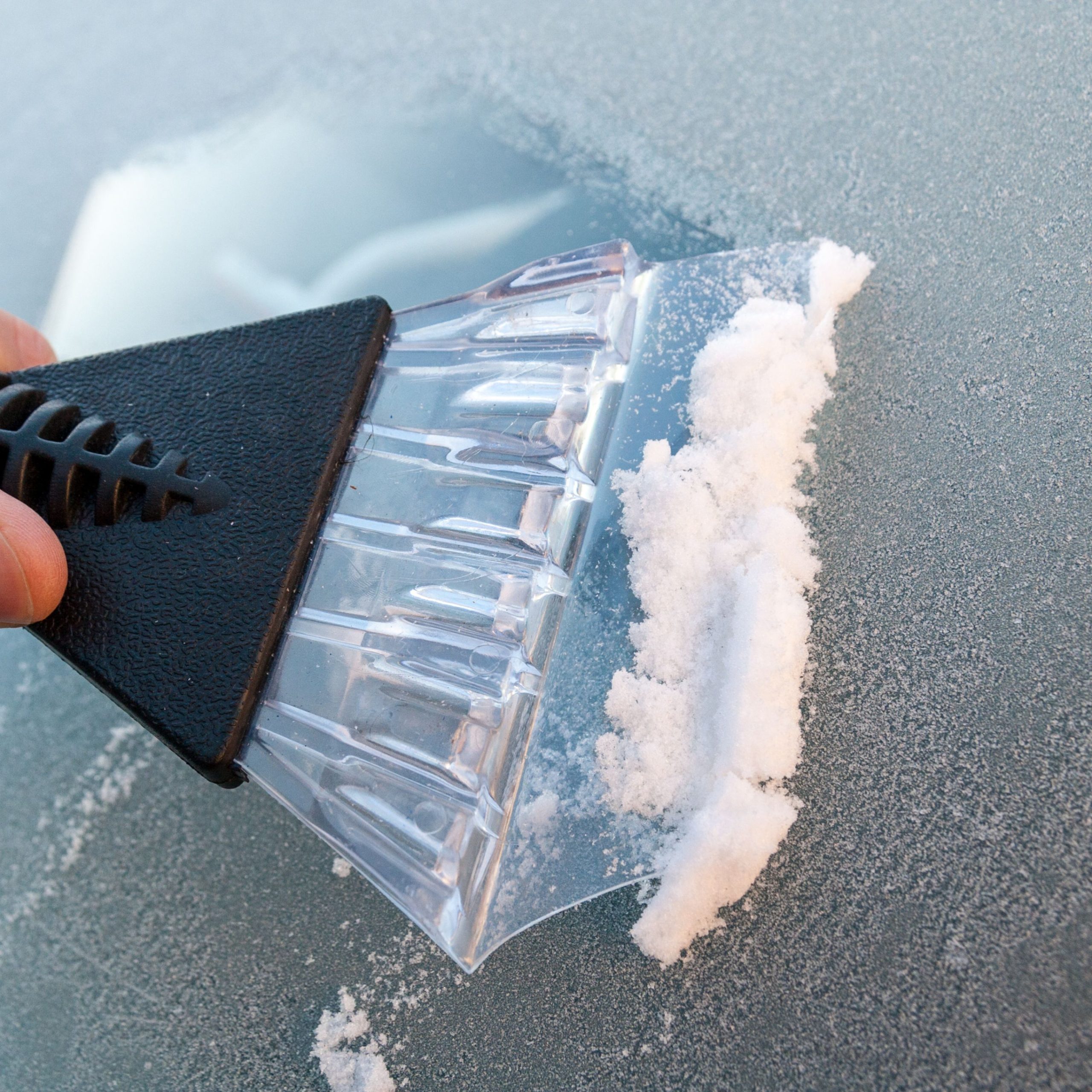Knowing how often you need to grit your premises will help to ensure you stay on top of site maintenance in cold weather. Gritting for site safety is vital to ensuring the safety of staff and visitors and reducing costs.
It may feel strange to be thinking about getting the gritter out when spring is in full swing. The blossom is blossoming and you are planting seeds. But preparing now for the colder months and working out your gritting schedule will save a lot of hassle and money as a business come winter. By understanding how often you need to be gritting for site safety as a business, you will save costs long term.
Essential grit
Gritting is an essential part of safety on a site. Determining how long grit lasts can help you plan and budget accordingly. Here, we’ll look into how long gritting lasts, what affects its longevity and how often you need to be gritting for site safety. It’s not rock and roll – but we like it!
Gritting is the process of sprinkling de-icing salts and other materials on surfaces such as roads, pathways and pavements. Gritting makes they are safe for pedestrian and vehicular traffic. Essentially, you’re looking at preventing a pop-up ice rink for customers who won’t be wearing ice skates on your car park!
Applying grit materials isn’t just about keeping you safe, it’s also about keeping your financials in order. Proactively gritting surfaces to a schedule is the best way to make sure that they last the winter season.
Maintenance of surfaces
But, how long does gritting last? Well, it all depends on the weather. A simple gritting job will last from two to three weeks with standard weather conditions. That’s as long as temperatures don’t dip below freezing and because our winters often too – gritting regularity is key.
Rain can also be an issue since it can wash the gritting away, something else we get a lot of in the UK! Lots of rain means it will need to be reapplied with more regularity.
Surface material is also relevant, as gritting can last longer on asphalt than on concrete. The more cracks and potholes that are present in a surface, the shorter the gritting will last, and the more efforts will be needed for it to be effective.
When it comes to maximising the effect of gritting, and how regularly you need to get the gritters out, consistency is key. The more often gritting is done, the longer it will last. And then it’s less likely it is that surfaces will become unsafe or require repairs due to damage.
Be sure to clean the surface beforehand to maximise the positive effects of the product. A specialist will use a power washer before gritting.
What type of grit for safe maintenance?
The type of grit used makes a big difference when it comes to longevity. Salt is the most commonly used de-icer around the world and while it’s effective at melting the ice, it doesn’t last as long as other types of grit. Salt needs to be reapplied every few days or after heavy rainfall to maintain effectiveness.
When it comes to gritting, it’s essential to know how long the effect lasts. Different conditions can have varying effects on the longevity of gritted surfaces. You can expect to have a good 8-12 hours of protection after applying the grit. This means businesses can plan for their operations 8-12 hours after gritting their premises, giving them ample time to adjust and make preparations if the weather changes or worsens.
Grits like sand and ash, however, can last for months and can even be effective into spring in some areas. These grits help provide a layer of traction for vehicles and pedestrians, making it much safer for driving and walking in the snow and ice. It’s not down to you to understand the types of material you need though. A good specialist will consult on this, so you don’t have to!
Grit to prepare
If you’re already asking ‘how often do I need to grit for safe maintenance of my premises?’ then you’re already a step closer to the right level of preparation needed.
The key is in the preparation. So many businesses see the bad weather and only then call in the gritters. They’re often losing precious trading hours as they ‘suffer’ the immediate effects of slippy surfaces at their premises.
It’s safe to assume that gritting won’t last forever, especially in areas with freezing temperatures. Snow and ice can shift, cover and melt the grit resulting in slick roads and pavements.
Grit is at performance optimum when applied in temperatures above freezing. Below freezing and more gritting is needed to maintain traction and prevent ice from accumulating on the roads.
Investing in grit for safe maintenance
Each year businesses close their doors due to treacherous winter conditions. Snow, sleet, and slippery ice can render roads and sidewalks treacherous. These can result in hazardous step-by-step walking conditions with the potential for accidents and therefore liability for any injury caused to an employee or customer.
It is much cheaper than a full repair of premises or the cost of compensation for injuries from accidents due to icy conditions. Gritting costs to maintain but it’s an investment over potentially being sued or closing the doors on business.
Cost of grit and the environment
What grit you choose will have certain effects on the environment. While salt does a good job of melting ice, it can be damaging to the environment if used in excess. Businesses have a responsibility to be mindful of their environmental impact. They should investigate more eco-friendly options like organic compounds and plant-based products. Specialists will have access to the very latest materials.
Overall, it is essential that businesses invest in gritting and make sure they plan ahead for winter conditions. Knowing the length of time gritting lasts is necessary for scheduling the regularity of operations and preventing slip and fall incidents.
Businesses need to weigh the cost of gritting against the long-term costs. Full site closure or repair due to hazardous conditions and potential liability for slips is expensive. Simply put, investing in site maintenance in cold weather is a cost a business simply can’t afford to cut back on.
Conclusion
By having an appropriate understanding of the weather, and a team of experts in the field, businesses can maximise their investment in gritting with confidence and keep their premises safe during icy conditions.
It’s essential to plan specifically to to the needs of your premises, working out the regularity of your gritting and your budget. This is so you don’t grit any more than is necessary to ensure safety and cost-effectiveness.


